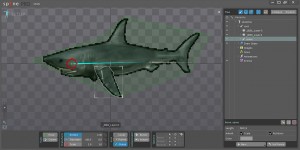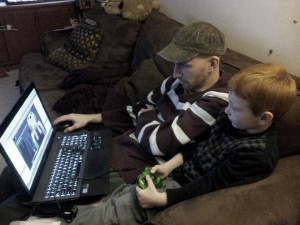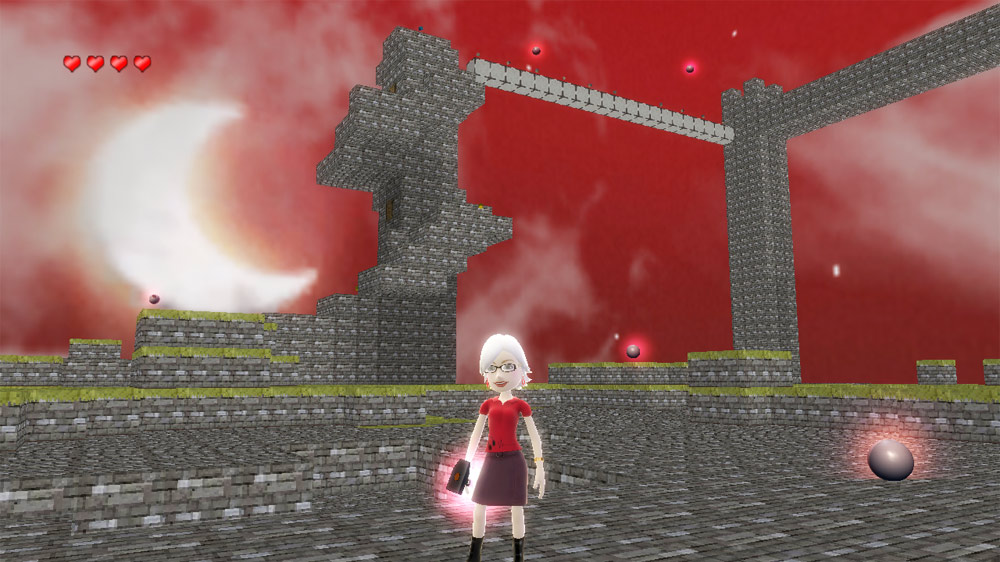Good evening! Tonight’s entry is my attempt to document a few things I have picked up this past weekend as I start to develop my next project. I decided to make some animations using blender. I have mostly created static meshes in blender, but I decided to try to make my own character animations. Here are some of the things I have found.
Workflow from makehuman to UE4
I used makehuman to create a pretty decent looking character. I created some custom cloths for the character and exported the model with rigging (basic game rigging in makehuman) to Collada format. I tried using the special blender-makehuman format, but I had issues when the skeleton was imported to blender.
I imported the model into blender. I read that UV unwrap is necessary for textures to appear in Ue4, but I didn’t have to perform this step. I simply went into UV editing mode and selected the textures and made sure they were scaled and position correctly on the faces.
I am not going into any detail about how to animate, I found it to be pretty intuitive. Change to animation mode, pose the character and then hit I to insert keyframe.
When you are ready to export to FBX for UE4, set the Unit Scale under Scene to 100 units metric (or whatever you want. It will equate to the same number of ue4 units) Make sure that whatever unit scale is set matches on the FBX export dialog.
Other stuff I always have to lookup ![]()
Fly Mode - Click the camera icon under the scene and then Shift + F to enter fly mode. ASWD to move, left click to return mouse control, right click to return the camera to the previous location.
Keying animation frames – To insert a keyframe in animation mode, make sure pose is selected and hit I (Insert Keyframe) and then ‘Whole Character’
deleting animation frames – This only works on the dope sheet. Make sure to right click to deselect all, then hit B to rectangle select any frames to delete. Hit X to delete selected keyframes
To rotate meshes, select the mesh and hit R and then whatever axis (X Y or Z)








